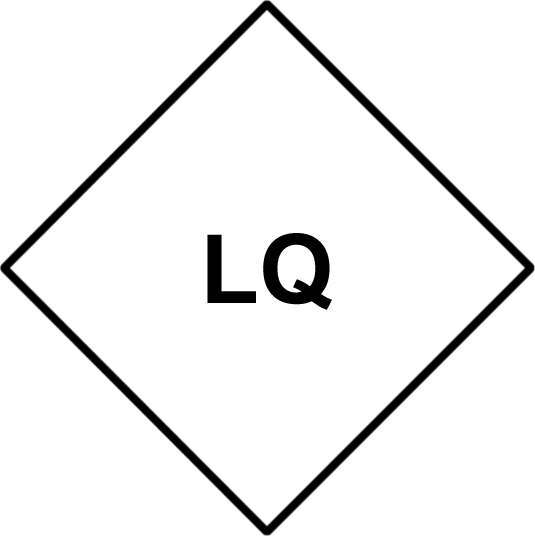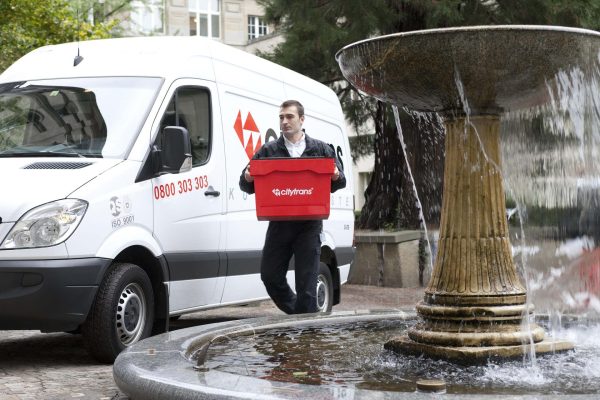Limited quantity (LQ) exemptions represent one of the most practical and widely used provisions within the ADR regulations for transporting dangerous goods. These exemptions allow carriers to transport smaller amounts of packaged dangerous goods with reduced regulatory requirements while still maintaining safety standards.
What are Limited Quantities?
Limited quantities refer to dangerous goods packed in small receptacles, typically the kind you might find in retail distribution chains, which are then packed in boxes or placed on shrink-wrapped trays. The principle behind LQ provisions is that when dangerous goods are contained in smaller amounts within robust combination packaging, they present a lower risk during transport.
Benefits of LQ Exemptions
When goods qualify for LQ exemptions, many of the standard ADR requirements don’t apply. This means carriers don’t need to use UN-approved packaging, though the packaging must still be of good quality and suitable for the contents. Vehicles carrying LQ goods don’t require the full range of ADR equipment, and drivers don’t need ADR training certificates for these loads.
Understanding the Limits
Each dangerous substance has a specific maximum quantity allowed per inner packaging under LQ rules. These limits can be found in Column 7a of ADR’s Table A. For example:
- Hydrochloric acid (UN 1789, Packing Group II) has a maximum inner packaging size of 1 litre
- The same acid in Packing Group III can have inner packages up to 5 litres
- Paint (UN 1263, PG II) can have inner packages up to 5 litres
The outer package (box) must not exceed 30 kg gross mass, while shrink-wrapped trays are limited to 20 kg.
Marking Requirements

While LQ provisions simplify many requirements, proper marking remains essential. Packages must display the LQ mark—a black-bordered diamond containing the letters “LQ” on a white background. If the goods will travel by air, a different mark showing the UN number is required.
For transport units carrying more than 8 tonnes of LQ packages, there are additional vehicle marking requirements. The vehicle must display the LQ mark on both the front and rear, with minimum dimensions of 250mm x 250mm.
Important Considerations
Not all dangerous goods qualify for LQ exemptions. Some substances have an “0” in Column 7a of Table A, meaning no LQ provision is available. Additionally, while packaging doesn’t need UN approval, it must still meet general packaging requirements regarding quality and suitability.
Remember that mixed loads are possible under LQ provisions, but compatibility rules still apply. For instance, acids and bases should still be segregated to prevent dangerous reactions in case of damage.
Retail Distribution Benefits

The UK has specific derogations that further relax requirements for retail distribution of LQ packages. This allows for efficient “last mile” delivery operations, though certain conditions must be met, including journey type restrictions and quantity limits.
Understanding and correctly applying LQ exemptions can significantly streamline dangerous goods transport operations while maintaining safety standards. However, it’s essential to check the specific requirements for your goods and ensure all marking and packaging requirements are met, even under these simplified provisions.
This practical approach to regulating smaller quantities of dangerous goods demonstrates how safety and operational efficiency can work together in the transport industry.
